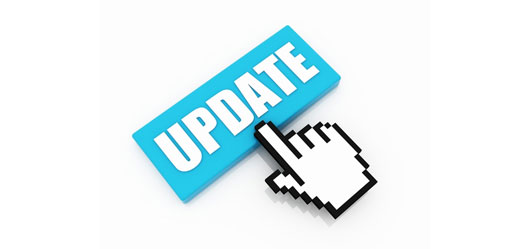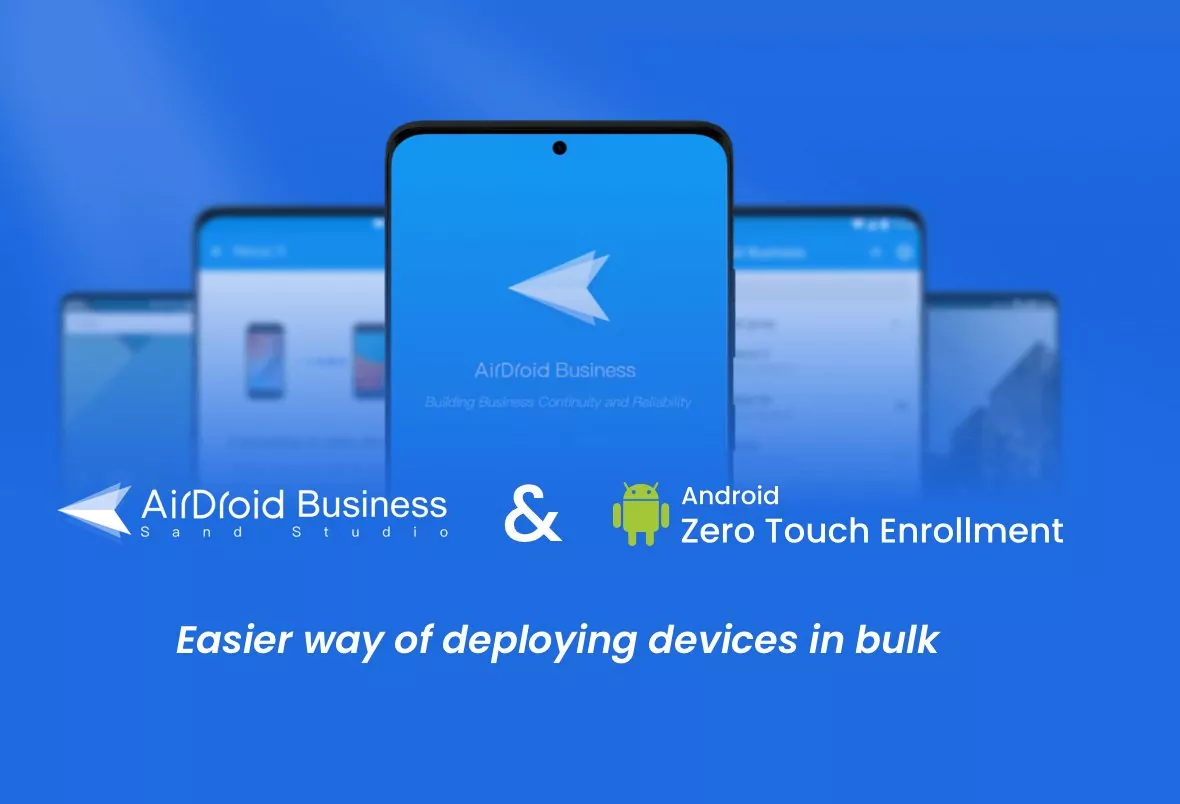FOTA Update for Android: Simpler Software Updates
If you are facing any Android device issues, you should consider updating it. These software or firmware updates are added to devices to add new functions, fix any bugs, and most importantly apply security patches to your device. And the best part about these Android software updates is that they all happen over the air or via the internet.
This is made possible thanks to the FOTA update functionality for Android. Today, we are here with a complete guide on what is FOTA update, the importance of a FOTA software update, and most importantly simplifying the entire process of an FOTA update.
Part 1. What is FOTA Update?
Those of you who are hearing about a FOTA update for the first time might still be confused about its importance. Hence, let’s learn more about what is FOTA update before going to its Android counterpart.
In the old days, any mobile device like a mobile phone or a PDA had to be connected to a computer for updating its firmware or software. Since this can be a little frustrating, devices started implementing the FOTA update method instead.
FOTA Update stands for Firmware Over The Air Update which lets you update the firmware of your device completely wireless using a WiFi or mobile data internet connection.
Such a FOTA software update function is perfect for more frequent updates, smaller security patches, higher efficiency, and for updating a large number of devices in one go since no physical connection is required.

Part 2. What is FOTA Update in Android?
Now coming to the FOTA software update functionality for Android, Android also allows you to update your smartphone’s firmware, software, or the operating system on its own.
Whenever Google or your device’s OEM releases a new Android software update, it is added to the FOTA update server. Then, using FOTA software update, your smartphone is updated to the latest Android version for the newest features and security patches.
Since Android smartphones are used a lot while on the go, they are at a higher risk of security vulnerabilities. And thanks to FOTA updates, such security issues can be fixed instantly. In fact, most Android devices receive monthly security patches via FOTA software update due to the same reason.
Part 3. Do all Android Devices Support FOTA Software Update?
Since we have covered what is FOTA update for Android, you would also want to try out the same. Thankfully, this shouldn’t be an issue at all because all modern Android devices support FOTA updates. This means that whenever there is a firmware update available for your Android device, you can install the same without using a computer.
However, the frequency of FOTA updates that you will receive on your device entirely depends on your smartphone’s manufacturer or OEM. While Google and Samsung generally send a FOTA update every month, other OEMs may only send once every 6 months.
Part 4. Why FOTA Update is Important? How Does It Work?
1. Why FOTA Update is Important?
While we have already covered the basics, some of you might still be confused about the benefits or importance of using a FOTA update. In that case, here are a few major benefits of using FOTA updates:
- Reduced Power Consumption: In case of device deployment on a large scale, any FOTA update that makes all of your devices efficient can save power on a large scale.
- Minimized Human Errors: While manual firmware updates have the risk of possible error or mistakes on your end, FOTA updates are fully automated resulting in a higher success rate.
- Highly Flexible: You can choose various things like update schedule, set of devices, update parameters, and much more while using FOTA updates.
- Increased Security: Since you can send out FOTA updates much more frequently, they are perfect for security patches for all your devices.

2. How Does FOTA Software Update Work?
If you want to learn more about FOTA updates, then you might be interested in its working as well. Even though FOTA updates work differently for every device and operating system, the key process looks something like this:
- It starts with developing the FOTA update and testing it for stability.
- Once the update is ready, it is uploaded to the update servers.
- After this, all devices are notified about a new update version.
- If the end device has an older firmware version, they will then start downloading the firmware update.
- Finally, the firmware gets installed with a reboot process and the update server is notified about a successful update.
Part 5. How Have FOTA Android Updates Changed?
Those of you who have been using Android devices for a long time will know that FOTA updates or OTA updates have been available for a long time.
However, as user needs have been increasing and OTA update tech has been improving, FOTA Android updates have been changed quite a lot. Thus, before you go ahead with the FOTA Android update download process, you should know everything that has been introduced and added to FOTA updates recently.
If you take a look at older Android devices with Android 7 or lower, they used a very basic and outdated process for the FOTA Android update download process. This is known as the legacy partition FOTA update method.
On the other hand, newer Android versions of 7 and higher use a much better FOTA Android update download process known as A/B partition update or the seamless update method. You can learn more about these here:
Legacy Partition FOTA Update Method
In older versions of Android, you will find a traditional style of partitions or parts of the operating system. With this older partition system, each partition is only accessed once which makes the update process more complex and time consuming. It even increases the risk of improper updates if the initial partitions are not updated correctly because of the following update process:
- It starts by checking for any available updates and downloading them in the /cache or /data partition if available.
- Then, the update package is verified and your device reboots to the recovery mode.
- After that, the package is installed in your device to install the newer firmware.
- Once that’s done, your device will restart and the firmware is checked for correct installation. If it’s installed properly, all firmware installation files are removed.
A/B Partition Seamless FOTA Update Method
With newer versions of Android 7 and up, Android introduced seamless updates which use the A and B partitions within Android. These partitions are essentially used as slots where both of these slots can have a different firmware version which is definitely useful despite the higher memory usage.
Because of the same, if you are updating using the A/B partition method, you can have the current firmware in one slot and the newer one in a different one to prevent failed update issues as explained here:
- The update process starts similar to the legacy method by checking for newer firmware versions.
- Once the update is downloaded, it is installed in the other partition slot even if you are using the device currently.
- If the update is successful, the partition is switched and the older version is deleted. If not, the update is deleted and the user continues using the older firmware without any issues.
- You only need to restart your device once to switch to the other slot.

Part 6. Making FOTA Software Update Process Simpler
Although FOTA technology significantly enhances the efficiency of firmware updates and user experience, manual updates can still be cumbersome and inefficient when dealing with a large number of devices.
In this case, MDM becomes a more convenient solution, as it not only streamlines the update process but also ensures the efficiency and security of FOTA updates, providing a seamless device management experience for enterprises.
Advantages of MDM in FOTA Updates
Centralized Management:
Through the MDM platform, administrators can centrally manage all devices and establish uniform update policies. This centralized management not only improves the consistency of updates but also reduces potential risks arising from device diversity.
Automated Processes:
MDM allows administrators to automatically push FOTA updates without user intervention. This feature enables enterprises to ensure that each device is updated in a timely manner, minimizing the chance of errors caused by manual operations.
Real-Time Monitoring and Feedback:
MDM systems typically provide real-time monitoring of update status, allowing administrators to keep track of the update progress of each device. This transparency helps identify and promptly resolves issues to prevent potential security vulnerabilities.








Leave a Reply.